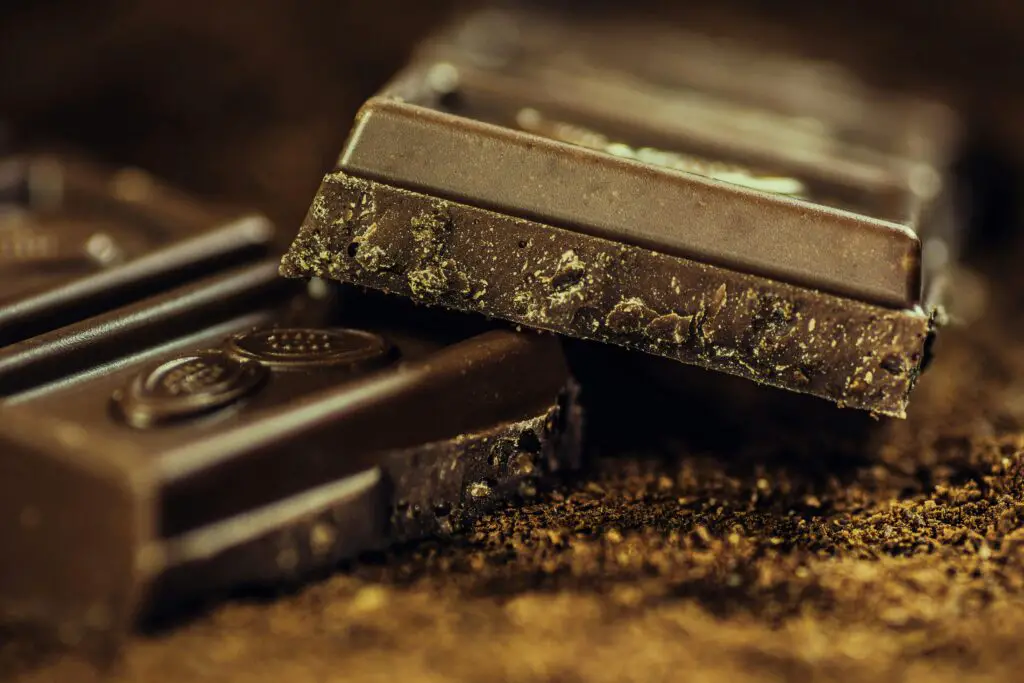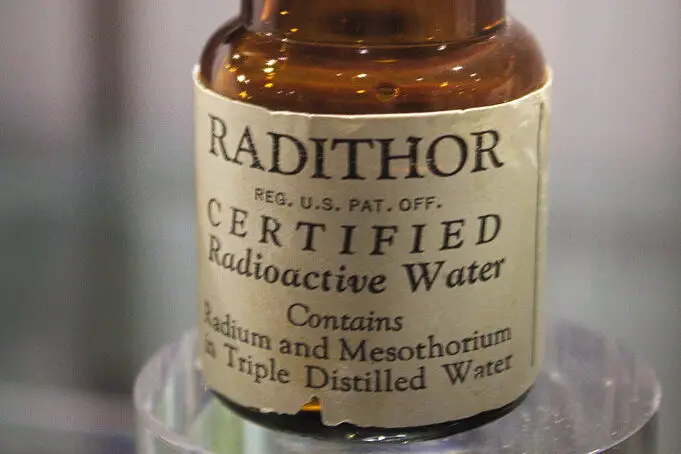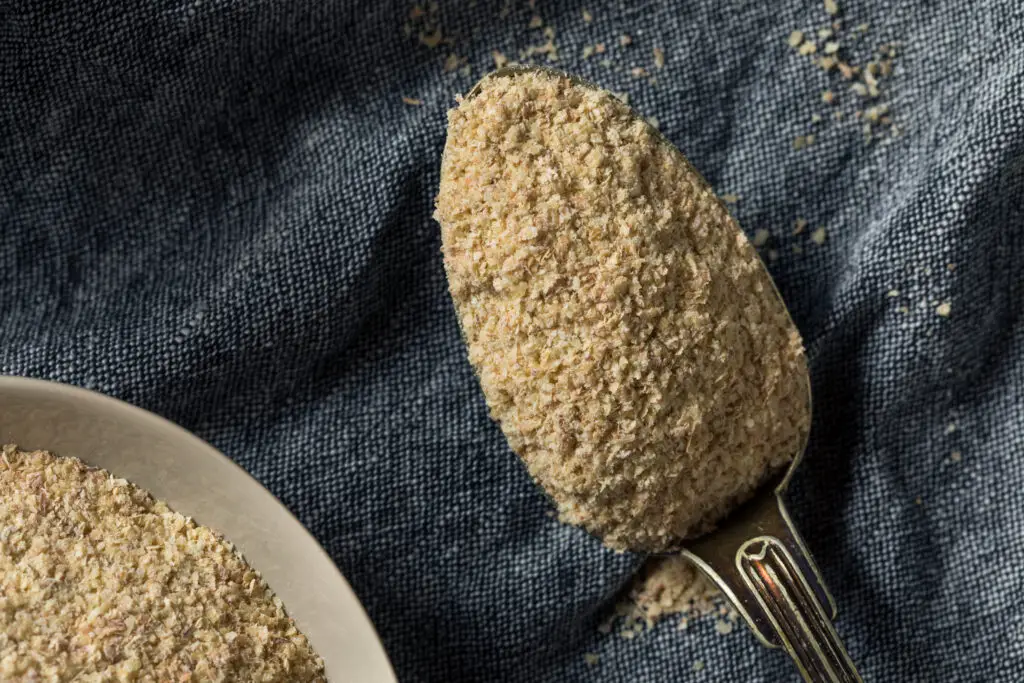1. Cocoas and Chocolates for the Heart

In the early 19th century, cocoa was believed to have medicinal properties and was promoted as a remedy for heart ailments. It wasn’t just the sweet treat we know today; it was thought to boost circulation and invigorate the body. Doctors even recommended chocolate in various forms to improve digestion and provide energy shares Health.com.
But as science progressed, we learned that cocoa isn’t quite the magic bullet it was once considered to be. While dark chocolate has its health benefits due to antioxidants, the sugary, high-fat concoctions of the past likely did more harm than good. Still, the misconception of cocoa as a cure-all lingered for quite a while in health circles adds TODAY.
2. Lard for Vitality

Once upon a time, lard was hailed as an essential ingredient for maintaining energy levels. Before the rise of vegetable oils, people swore by lard’s ability to nourish and build strength. It was a staple in kitchens across America, often used in cooking, baking, and even as a supplement in small doses explains Reddit.
The idea that lard could sustain and energize the body persisted for a long time, until studies started revealing the dangers of saturated fats. Today, the very same ingredient once praised for its health benefits is now seen as a contributor to heart disease adds Nourished with Nature. Funny how times change, isn’t it?
3. Radium Water for Health

Radium water was once sold as a cure-all in the early 20th century, marketed as a miraculous remedy for everything from poor digestion to cancer. People were convinced that the radiation from radium could revitalize the body and improve overall well-being. Radium-infused drinks were even advertised as having anti-aging effects.
Unfortunately, the glowing water came with dangerous side effects. The harmful effects of radiation were not well understood back then, and the practice of drinking radium water led to numerous health issues. It wasn’t long before this “health” fad was debunked as people began suffering from radiation poisoning.
4. Cod Liver Oil for Everything

Cod liver oil was once touted as a cure for almost any ailment, from rickets to poor eyesight. Its high vitamin D content made it a go-to remedy, especially during the winter months when sunlight exposure was minimal. Doctors recommended it for children to prevent deficiencies, and many households had a bottle of this fishy supplement on hand.
While cod liver oil still has some benefits, such as supporting joint health and providing omega-3 fatty acids, it is no longer considered a miracle elixir. The smell and taste still remain infamous, and most people now prefer to get their vitamin D from other, less pungent sources.
5. Raw Milk for Immunity

In the past, raw milk was often recommended for its supposed health benefits, from boosting the immune system to improving skin complexion. Many believed that it contained live enzymes and bacteria that were beneficial to gut health. Some even claimed that raw milk could prevent disease and promote general well-being.
The truth, however, is that raw milk poses a significant health risk, as it can carry harmful bacteria like E. coli and salmonella. With the development of pasteurization, which kills these harmful pathogens, raw milk’s status as a health food was quickly replaced by its reputation as a potential source of illness.
6. Miracle Wheat Germ for Energy

Wheat germ was once a favorite among health-conscious individuals looking for an energy boost. Full of vitamins, minerals, and essential fatty acids, it was marketed as a superfood that could improve digestion, boost energy, and even help with weight loss. Health enthusiasts sprinkled it on everything from cereal to baked goods.
While wheat germ does contain valuable nutrients, the idea that it was a miraculous energy source has faded over time. Modern diets are often far more varied, and the emphasis on a single food like wheat germ is now seen as unnecessary for maintaining overall health.
7. Corn Syrup for Energy

Before the rise of high-fructose corn syrup, regular corn syrup was considered a healthier option. It was frequently recommended as a quick source of energy, especially for athletes and children. People believed it could boost energy levels without the risk of sugar crashes.
As we learned more about the effects of processed sugars on the body, corn syrup lost its appeal as a healthy choice. The dangers of excessive sugar consumption became clearer, and what was once a health food turned into a symbol of sugary overconsumption.
8. Herbal Tonics for Digestion

Herbal tonics were once a go-to remedy for digestive issues, with various concoctions made from roots, leaves, and flowers believed to cure everything from bloating to constipation. These tonics were commonly found in homes, recommended by health professionals and herbalists alike.
While some herbs still maintain a place in natural medicine, the idea that these tonics could solve all digestive problems is no longer widely accepted. In many cases, modern medicine offers more effective and scientifically backed treatments for digestive issues, leaving many herbal tonics behind as mere nostalgia.
9. Pure Olive Oil for Heart Health

For centuries, olive oil was considered a luxury food item, but in the 20th century, it started gaining popularity as a heart-healthy option. It was touted as the best fat for cooking and was recommended for reducing the risk of heart disease. The Mediterranean diet, with its reliance on olive oil, was promoted as the gold standard for healthy eating.
Though olive oil is still an important part of a balanced diet, we now know that moderation is key. The idea that any fat, even one as healthy as olive oil, can be consumed without consequence has been replaced with a more nuanced understanding of fat intake and heart health.
10. Ice Cream for Wellness

It may seem shocking now, but ice cream was once considered a health food, especially for children. It was seen as a source of essential vitamins and minerals, with its milk content believed to provide vital nutrients. Doctors even recommended it as a way to increase calorie intake in underweight children.
Today, the high sugar and fat content of ice cream make it more of a treat than a health food. While it can still be a source of calcium and vitamins, it’s generally no longer recommended for its health benefits, and is now seen as more of a fun indulgence than a wellness food.
11. Liver for Energy and Strength

In the early 20th century, liver was hailed as a powerhouse of nutrients, packed with iron, vitamin A, and other essential vitamins. It was commonly recommended to those who needed an energy boost, and was especially popular among athletes and people recovering from illness. Many believed it could help build muscle mass and increase vitality.
While liver does contain important nutrients, the idea that it’s a cure-all for energy and strength has faded. Modern diets provide a wider range of options for getting essential vitamins, and the overconsumption of liver can even lead to toxicity in certain nutrients like vitamin A.
12. Mustard for Weight Loss

At one point, mustard was considered a weight loss aid, with some believing that its spicy nature could boost metabolism and help with fat burning. It was even included in various diet plans, with the theory that the heat from mustard could increase calorie burning. People would often eat it alongside meals to aid in digestion and fat reduction.
While mustard does contain a small amount of beneficial compounds like antioxidants, the idea that it could significantly affect weight loss was more myth than reality. Today, mustard remains a condiment, not a weight-loss miracle.
13. Beets for Detoxing

In the past, beets were frequently recommended as a detoxifying superfood, believed to cleanse the liver and purify the blood. People drank beet juice and ate beetroot regularly, convinced that it could rid the body of harmful toxins and improve overall health. It was marketed as an essential part of a “cleanse” diet.
While beets are undoubtedly nutritious and contain antioxidants, the idea that they can cleanse the body of toxins is not backed by scientific evidence. The body’s natural detoxification processes are much more complex, and while beets can support liver function, they’re not the magical solution they were once thought to be.
